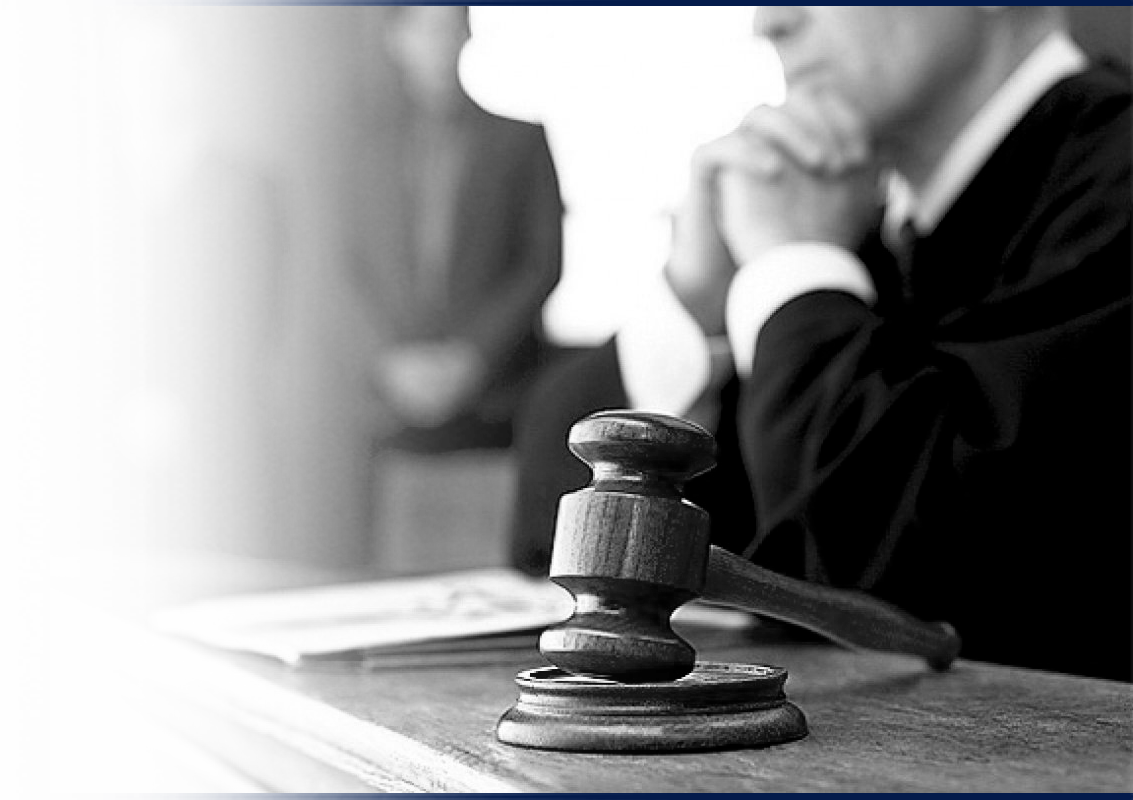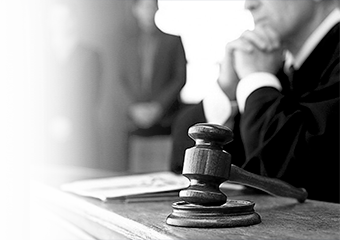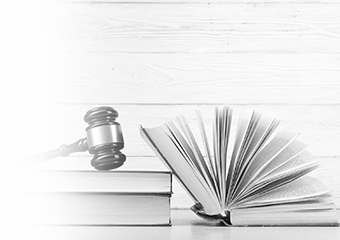Fairness and independence of the judiciary have been strengthened
Main indicators
1991-2016
2017-2020
1991-2016
- The Supreme Court
- 28 regional courts
- 193 district (city) criminal courts
- 75 inter-district and district civil courts
- 1 Higher Economic Court and 14 regional economic courts
- did not exist
- 11 military courts
2017-2020
- The Supreme Court
- 14 regional courts
- 204 criminal courts
- 80 civil courts
- 68 economic courts
- 28 administrative courts, of which: 14 regional courts, 14 inter-district courts
- 6 military courts
1991-2016
- The civil and economic courts reviewed these complaints
2017-2020
- The constitutionally guaranteed right to appeal to a court against illegal actions (inaction) of state bodies and their officials is ensured
1991-2016
- Previously, administrative courts were not functioning
2017-2020
- In 2019-2020, administrative courts considered 31.3 thousand applications, of which 21.2 thousand (almost 70%) were satisfied. In particular, more than 2.6 thousand decisions of khokims were declared illegal with the restoration of violated rights of citizens and legal entities
1991-2016
- 914
2017-2020
The total number of judges has been increased by 27%, as a result of which the judicial corps has been strengthened
- 1253
Supreme Court
1991-2016
- 34
2017-2020
- 73
Civil courts
1991-2016
- 362
2017-2020
- 382
Economic Courts
1991-2016
- 143
2017-2020
- 223
Criminal courts
1991-2016
- 476
2017-2020
- 498
Administrative courts
1991-2016
- did not exist
2017-2020
- 143
Military courts
1991-2016
- 42
2017-2020
- 12
1991-2016
- This institute did not exist
2017-2020
- The Oliy Majlis has established a commission to promote the independence of the judiciary
1991-2016
- The Supreme Qualification Commission under the President of the Republic of Uzbekistan was in operation
2017-2020
- The Supreme Judicial Council of the Republic of Uzbekistan, which is a body of the judicial community, has been established
1991-2016
- The Chairman of the Supreme Qualification Commission was appointed by a decree of the President of the Republic of Uzbekistan from among the members of the Senate
2017-2020
- The Senate appoints the chairman of the Supreme Judicial Council on the proposal of the President of the Republic of Uzbekistan
1991-2016
- The Supreme Qualification Commission had 14 powers
2017-2020
- The Supreme Judicial Council of the Republic of Uzbekistan has been granted 29 powers
1991-2016
- The Supreme Qualification Commission consisted of 17 members and was formed by legislative, executive, and law enforcement authorities representatives
2017-2020
- The Supreme Judicial Council of the Republic of Uzbekistan consists of 21 members and is formed from among judges and representatives of civil society institutions and highly qualified specialists in the field of law
1991-2016
- Judges were appointed only for a 5-year term
2017-2020
- A judge shall be appointed for an initial term of 5 years, a further term of 10 years and an indefinite period of office after that
1991-2016
- All 914 serving judges were appointed for only 5 years
2017-2020
Of the 1,253 judges in office:
- 586 appointed for the first 5-year term
- 603 – for a 10-year term
- 64 – for an indefinite term
1991-2016
- 30 years
2017-2020
- 35 years
1991-2016
- Not set
2017-2020
- For judges of the Supreme Court – 70 years
- for judges of other courts – 65 years
1991-2016
- Previously, the training of candidates and advanced training of judges was carried out by the Centre for Advanced Training of Lawyers under the Ministry of Justice – the executive body
2017-2020
- The Supreme School of Judges under the Supreme Judicial Council has been established
1991-2016
In the Centre of advanced training of lawyers there were:
- 3-month judging preparation course
- 2-week retraining course for judges
- did not exist
2017-2020
Currently, the following are organized at the Supreme School of Judges:
- 1-year judging preparation course
- 2-week advanced training course
- 2-month retraining courses for management positions
1991-2016
- Previously, the relevant department under the Ministry of Justice was responsible for these issues
2017-2020
- The Department for Ensuring the Activities of Courts was established under the Supreme Court of the Republic of Uzbekistan
1991-2016
Wages earlier:
- Supreme Court judge – 616.6 thousand soums
- Regional court judge – 527.6 thousand soums
- District court judge – 498.7 thousand soums
2017-2020
Wages now:
- Supreme Court judge – 9.1 million soum
- Regional court judge – 7.6 million soums
- District court judge – 7.2 million soums
1991-2016
- until 2019, no insurance was carried out
2017-2020
- in 2019, 1,261 judges were insured for the amount of 1,295.4 million soums
- in 2020, 1,378 staff units of judges – in the amount of 1,841.4 million soums
- in the first quarter of 2021, 1,326 staff units of judges – for the amount of 1,677.8 million soums
1991-2016
- This institution worked in practice and had a negative impact on the development of a fair justice system
2017-2020
- The institution of the court returning a criminal case for additional investigation was abolished
1991-2016
- In 2007-2016, the total number of unjustly convicted and acquitted persons was 138
2017-2020
- In 2017-2020, the total number of unjustly accused and acquitted amounted to 2,770 people
1991-2016
- 22,388 persons released from the courtroom
2017-2020
- 14,191 persons were released from the courtroom
1991-2016
- This software did not exist; the presidents of the courts distributed the cases between the judges
2017-2020
- The courts have introduced software for the automatic distribution of cases between judges
1991-2016
- This software did not exist
2017-2020
- Since the introduction of the software, a total of 1,862,076 cases have been automatically distributed among the judges
Из них:
- 75 506 cases in criminal courts
- 363 034 cases in civil courts
- 979 300 cases in administrative courts
- 444 236 cases in economic courts
1991-2016
Until 2016, the courts had the right to apply only 5 types of procedural coercive measures, in particular:
- detention
- house arrest
- did not exist
- removal of the defendant from office
- placing a person in a medical institution
- did not exist
- consideration of an application for the application of an act of amnesty
- did not exist
- did not exist
- did not exist
2017-2020
To date, the courts are empowered to apply a total of 10 types of procedural coercive measures, in particular:
- detention
- house arrest
- extension of the period of detention or house arrest
- removal of the defendant from office
- placing a person in a medical institution
- extension of the term of stay of the accused in a medical institution
- consideration of the application for application of the amnesty act
- suspension of the passport
- arrest of postal and telegraphic mail
- exhumation of the corpse
1991-2016
- This institute did not exist
2017-2020
- Mediation institute introduced
1991-2016
- There were no cases terminated based on a mediation agreement
2017-2020
- In 2019-2020, the number of cases terminated based on conciliation or mediation agreement in civil courts was 1,381, and in economic courts – 1,714




